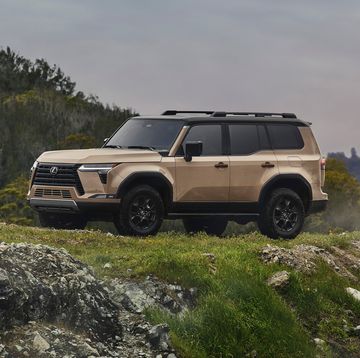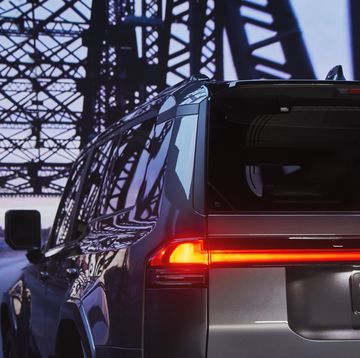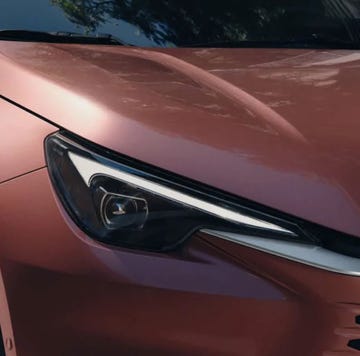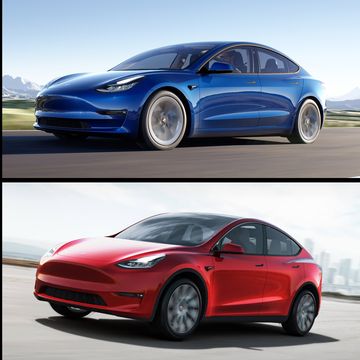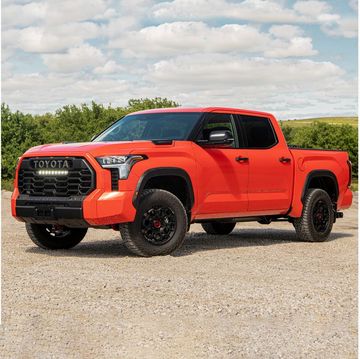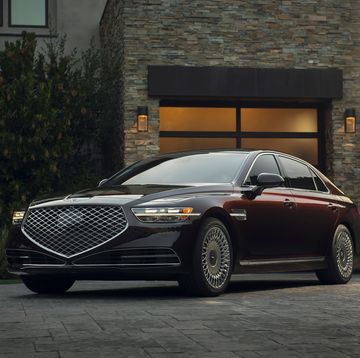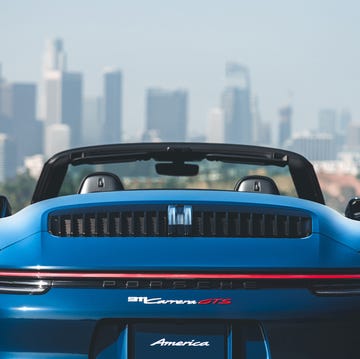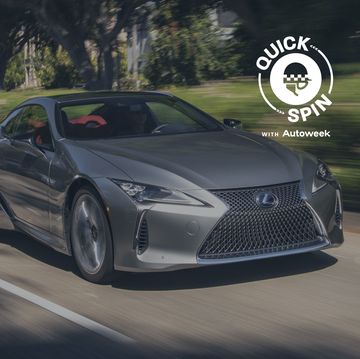- The Lexus LBX revealed as the brand's smallest SUV, based on Toyota's TNGA-B platform in Europe, and paired closely with the Toyota Yaris Cross.
- The LBX is powered by a 1.5-liter three-cylinder paired with a bi-polar nickel-metal hydride (NiMH) battery, producing 134 hp and 136 lb-ft of torque.
- Lexus will offer the LBX in front-wheel-drive and all-wheel-drive flavors in Europe, but won't bring it to North America.
Earlier this week Lexus took the wraps off its smallest SUV to date, with the LBX making its debut in Europe. Positioned below the Lexus UX, the LBX is based closely on the Yaris Cross and borrows its hybrid powertrain from the equally small Toyota model.
This means the LBX, which stands for Lexus Breakthrough Crossover, will pair a 1.5-liter inline-three with just one electric motor up front, good for 134 hp and 136 lb-ft of torque, making the wee SUV also the brand's least powerful model by quite some margin. But then again, with an overall length of 164.9 inches, the LBX will not need all that much power.
The LBX also features a bi-polar nickel-metal hydride (NiMH) battery, promising a reduced weight as well as EV-like acceleration. Lexus plans to offer a second motor out back in an all-wheel-drive version of the model, so the pocket SUV won't be purely a front-wheel-drive model.
Among other things, the LBX design also signals a step away from the now-familiar spindle grille that has been a prominent, if polarizing, feature of Lexus models for a few years now.
"We have 'deconstructed' the spindle grille to make way for a new design," said Koichi Suga, General Manager of Lexus Design. "We’ve succeeded in creating a new front-face identity that’s completely different from before yet is instantly recognizable as a Lexus."
Still, the limited performance of the LBX will keep it out of US showrooms, despite promises of "world-class thermal efficiency." The LBX, instead, will be aimed at finding a decidedly younger audience in Europe—something Lexus has struggled to secure in a number of markets for quite some time.
"Our aim was to challenge the conventional concept of a luxury car," said Chief Engineer Kunihiko Endoh. "We have thoroughly pursued a driving experience that enables a natural dialogue between the driver and their vehicle and a design that has a refined presence."
Stateside, the automaker will rely on the UX 250h and its 2.0-liter inline-four hybrid powertrain to keep this niche covered.
Should Lexus consider offering smaller and less expensive vehicles stateside to attract younger buyers, or should the brand cater primarily to its more traditional audience? Let us know in the comments.

Jay Ramey grew up around very strange European cars, and instead of seeking out something reliable and comfortable for his own personal use he has been drawn to the more adventurous side of the dependability spectrum. Despite being followed around by French cars for the past decade, he has somehow been able to avoid Citroën ownership, judging them too commonplace, and is currently looking at cars from the former Czechoslovakia. Jay has been with Autoweek since 2013.



